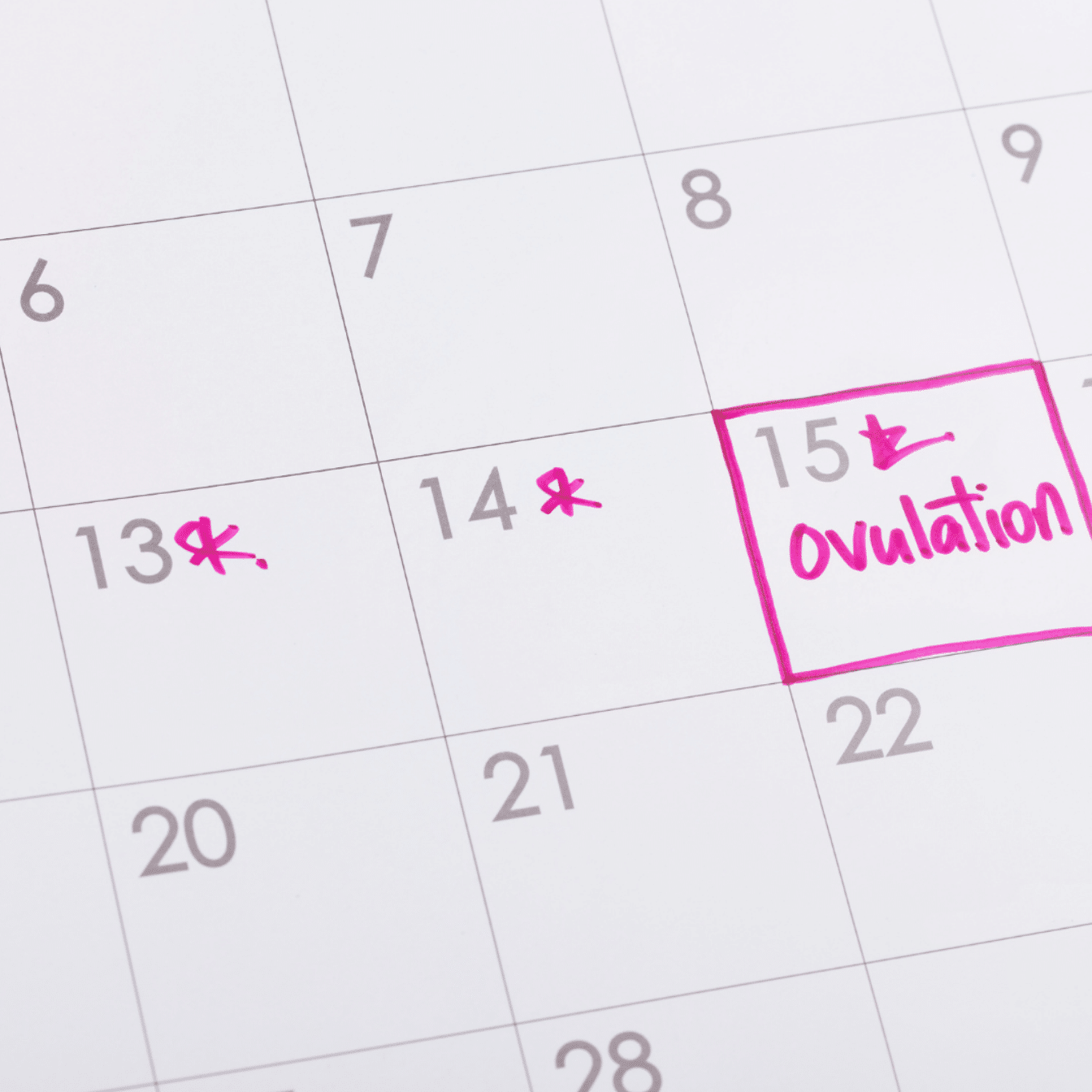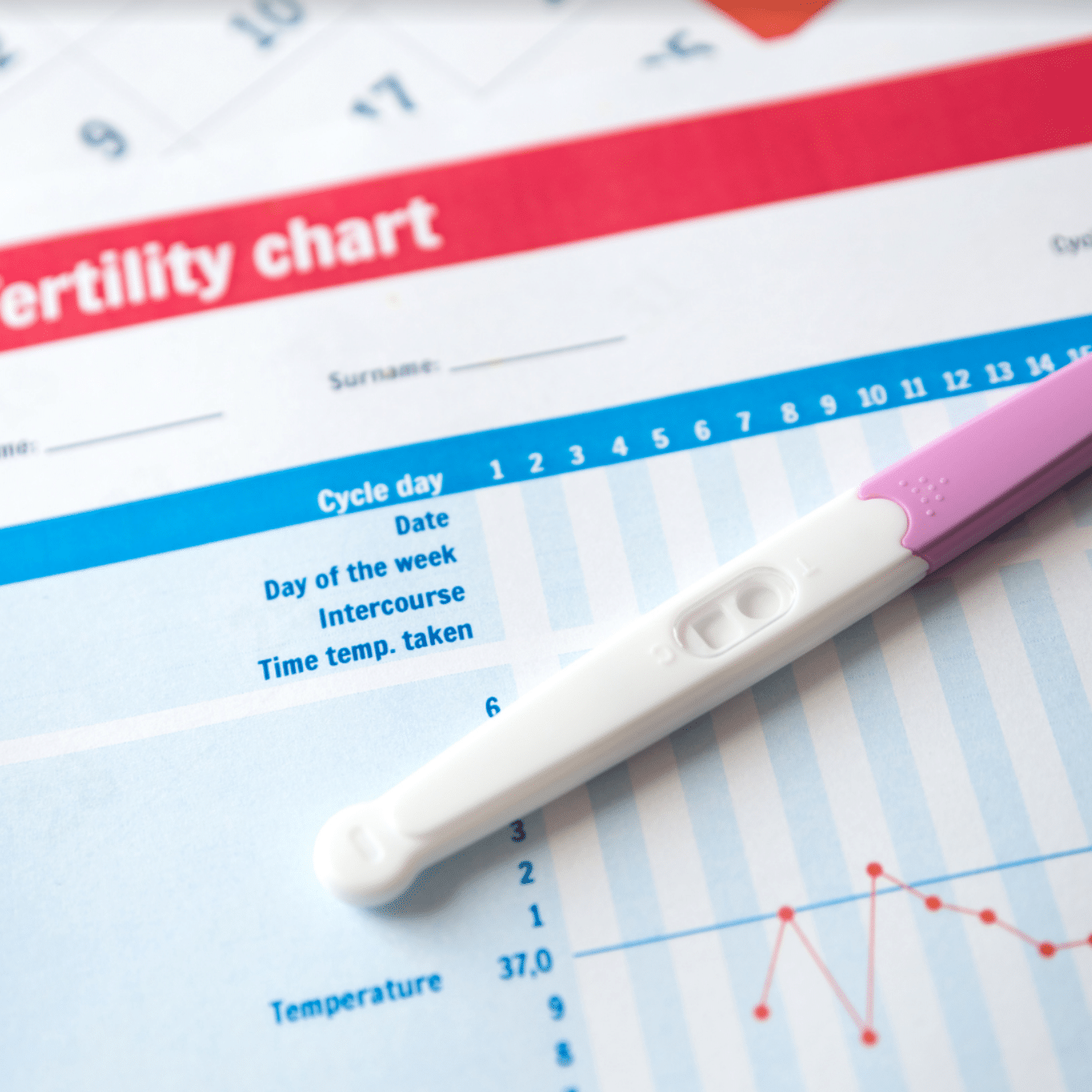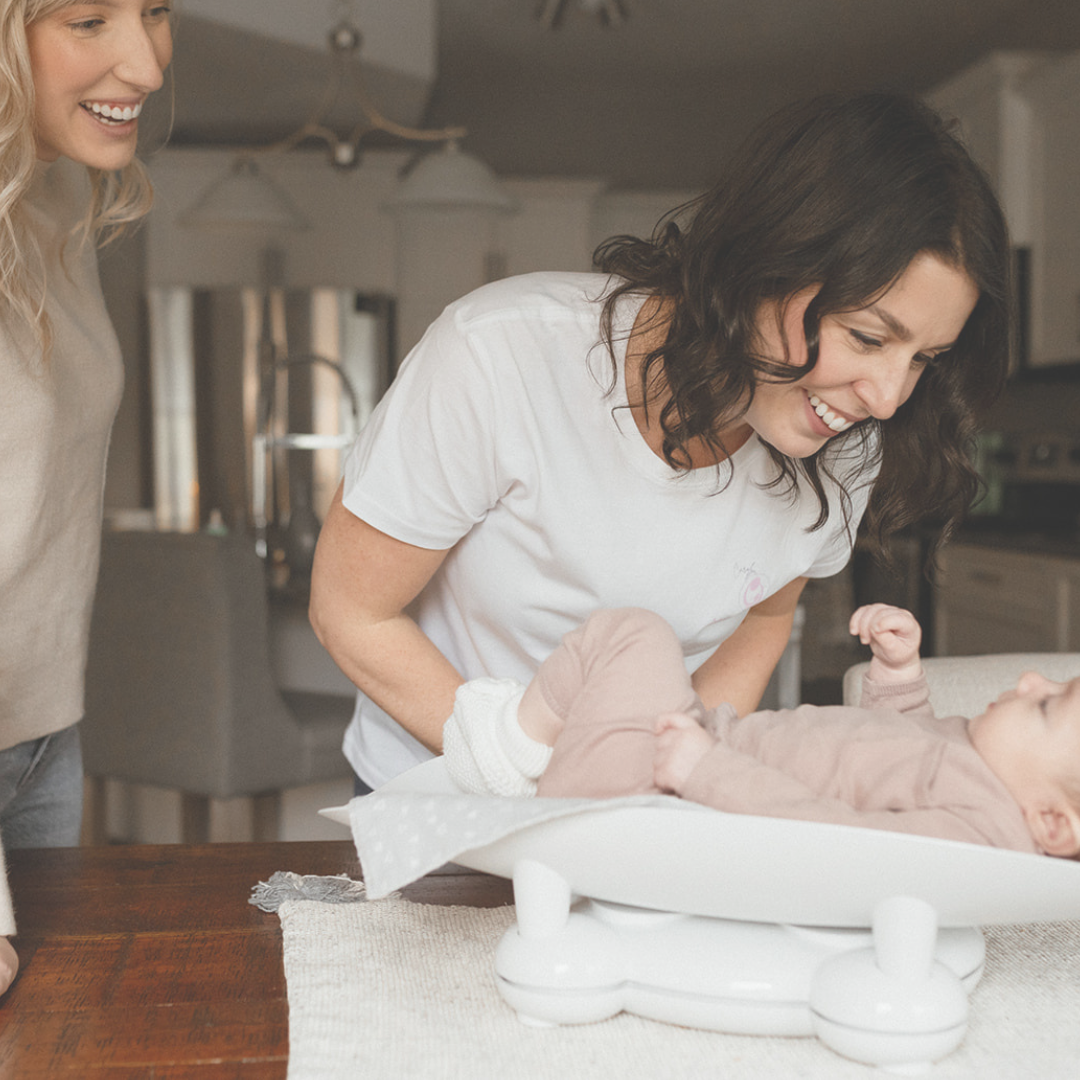Oh FUTURE Mamas! This article is for you if you are starting to think about having a little one and planning to become pregnant. It is very likely that your whole life you have been avoiding pregnancy, and now you’re making the huge decision to change and try and become pregnant. This is such a huge change of mindset and it can be overwhelming.
You will find many resources available online and I encourage you to talk to your primary healthcare provider about this milestone in your life.
Now let’s get to the fun part – how do you know when you are the most fertile and what’s the easiest way to get pregnant?? Basic reproduction science tells us we need sperm from a male, to reach and impregnate a female’s egg (also called an oocyte).
But you don’t have an egg just waiting all the time for sperm to come to join the party. To increase your chances of becoming pregnant you should have sex during the most fertile time in your menstrual cycle. For an average woman, this is 14 days or 2 weeks before their next period is going to start. For example, if you have a 28-day cycle (Day 1 is the first day of your period), you will likely ovulate on Day 14 of your cycle. If you have a 31-day cycle – you will likely ovulate on Day 17.
So where do your eggs come from? All the eggs that a woman will ever have, are waiting in your ovaries for their time to shine. One really neat fact about a woman’s eggs is that when your maternal grandmother (your mom’s mom) was pregnant with your mother, you were already in your mother’s body too!
So when do you produce an egg? Every menstrual cycle in a woman who has no reproductive issues will go through fairly predictable hormonal changes for your ovaries to get an egg ready and thrust it into your fallopian tube to await the sperm and (hopefully) get fertilized. This results in several “phases” of our menstrual cycle and there are a few ways we can track these changes and try to pinpoint our most fertile days.
Ways to Track or Predict Ovulation
Tracking Your Cycle
Many women have never really paid too much attention to their menstrual cycle. This is the most simple way to predict your fertile window, and the least expensive. You can track with pen and paper or try a free app on your phone. You’re looking at the length of your cycle (when does it start and end) and you can track any symptoms you feel on any particular day that are relevant for your cycle. This can include feeling menstrual cramps, breast tenderness, bloating, appetite, or mood changes. The longer you track your cycle the more predictable your fertile window will be. Remember, Day 1 is the first day of your period.
Cervical Mucous Testing
When your body is getting ready to allow sperm to travel through your body towards your egg there are some changes made to mucous on your cervix. You may have noticed in the past that your vaginal discharge changes throughout your menstrual cycle. You can assess your cervical mucous by looking at your underwear, toilet paper after wiping, or inserting a clean finger into your vagina and looking at the discharge. It changes based on hormonal fluctuations in your body to help those sperm find your egg! On days when you are not fertile, your mucous may look sticky or cloudy and if you put your thumb and index finger together it would not stretch. In your fertile window your cervix changes that mucous so it’s thinner, clear, and stretchy to help the sperm through your cervix! It is often described as “egg whites” in this stage. It is best to track your cervical mucous so you can identify your most fertile days. This can be used in combination with the tracking cycle method.
Basal Body Temperature
Now all the hormonal changes that cause your body to prep and release a mature egg to meet that sperm can cause a rise in body temperature. This method of tracking your fertile window can be more challenging and can take a few months to get the hang of it. Basal body temperature is when you take your temperature when it’s at its lowest which is when it’s been at rest for several hours. The best time to take it is when you first wake up but haven’t yet gotten out of bed. Even the activity of getting up and going to the washroom in the morning can affect your results! Usually, when we are close to or are ovulating we will see an increase of 0.5 degrees C/F as a result of all the hormonal changes telling our ovaries to release the egg. An example of what that might look like for you is, maybe you’re usually 36.2 degrees Celsius in the morning, and on cycle day 14 you are now 36.7 degrees Celsius. For my American friends this might look more like, normal temperature is 98.2 degrees Fahrenheit and now you are 98.7. With this method of tracking you should purchase a special digital thermometer that can pick up more sensitive thermal changes in your body – they are called basal body thermometers and they are available at your local pharmacy.
Ovulation Urine Predictor Strips
Now, this is where we get a bit more complicated into monitoring our cycle. This is also the most expensive way to predict the ovulation of your eggs! There are many brands out there and two main types of strips. There are digital ones – which have very clear messaging whether you’re either ovulating or not (usually illustrated with a smiley face if you are). The other kind which is much cheaper is a dipstick version where you dip the strip in your urine and you have to interpret the level of darkness the strip produces to see if you’re ovulating. The way these strips work is they measure your Luteinizing Hormone (LH) which peaks or surges right before you ovulate. Usually, these strips are able to detect a surge about 12 hours after a rise in your blood so it’s usually time to boogie soon after you see a urine test that says you’re having an LH surge. I do recommend if you’re using this method to download a free app to keep track of your ovulation test strips. My favourite is GLOW.
Here is an example of how the test line will darken during ovulation:
Finally, the last thing you might notice around the time you are fertile, is you’re in the mood and feeling frisky! It is normal biologically for our bodies to release some testosterone during our fertile window which in turn makes us want to have sex. Nature has tried its best to do its part in helping us procreate, so if you’re feeling it, it might be the “right” time!
Have fun and try not to stress too much about your fertile window. Measuring and monitoring for ovulation can be stressful after a few months and can take all the “fun” out of trying to have a baby. My strongest recommendation is to pay attention to your cycle and just be present with your partner. Good luck!







